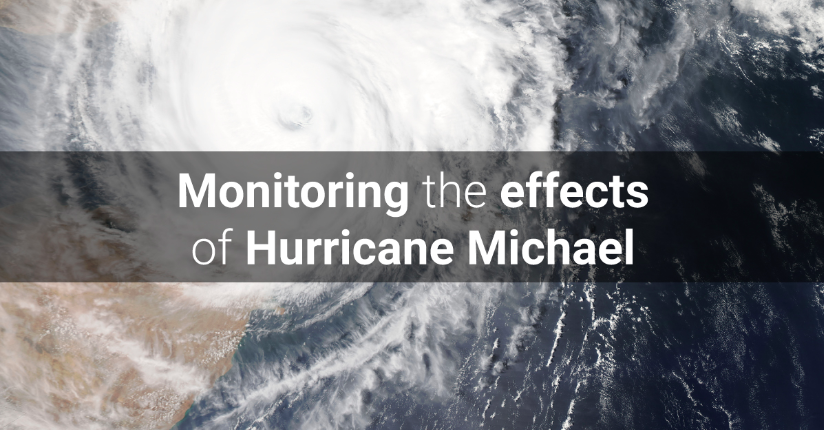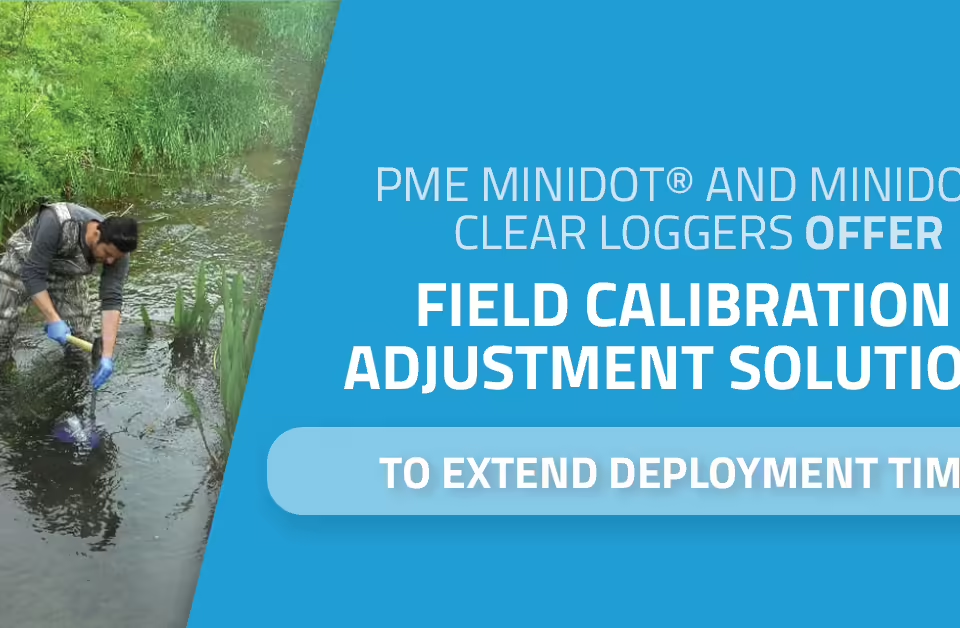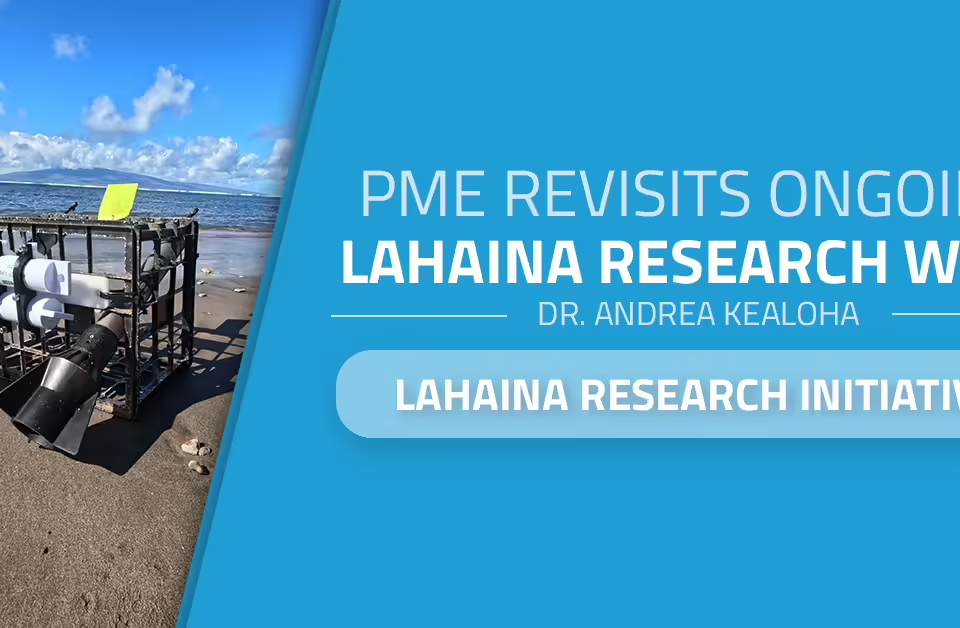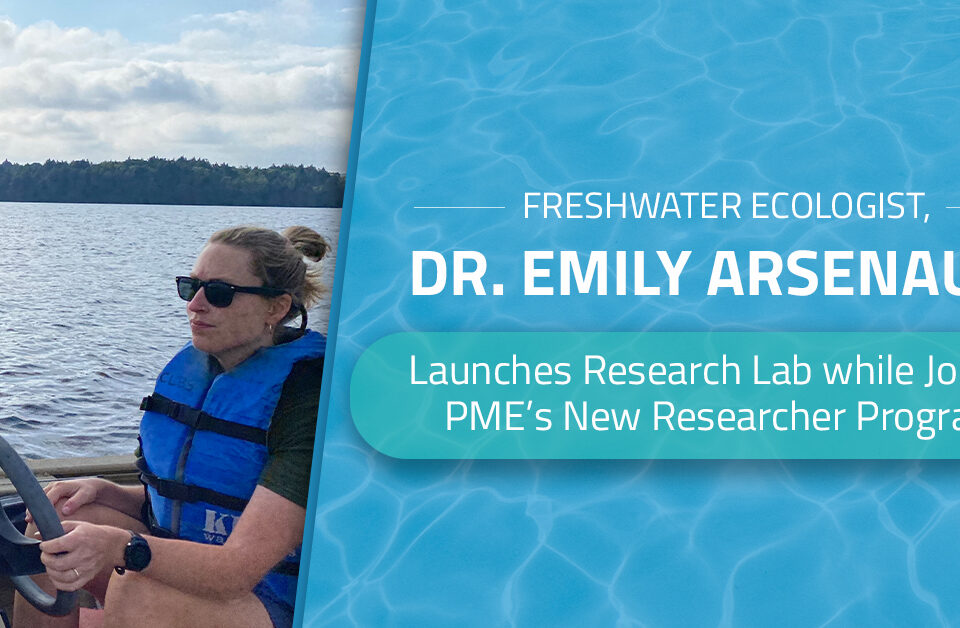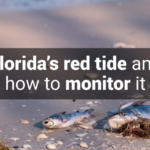
Florida’s Red Tide and How to Monitor It
September 14, 2018
The Environmental Impact of Stormwater Management Decisions
November 13, 2018A new network of storm-tide brackets installed by USGS this past summer allowed for the swift installation of over 30 brackets to provide quick and reliable data on Hurricane Michael. This data not only helps uncover the effects of the storm but also helps in preparation for future events.
Preparing for Hurricane Michael
More often than not, USGS crews find themselves scrambling to get sensors in place before a storm hits. This past summer, USGS crews installed a network of pre-positioned receiving brackets to hold sensors during a storm. This network was instrumental in the placement of sensors for Hurricane Michael as the storm gathered strength extremely fast and gave short notice for researchers to get sensors installed.
Luckily, USGS’ preparation allowed for the timely installation of these sensors that have the ability to deliver valuable data before, during, and after a storm has passed.
The Importance of Data Collection
Depending on when a sensor is installed, it has the ability to provide insight before a storm ever hits. Data collected by the sensors can be used to inform the deployment of response efforts after a storm.
The storm-tide sensors have the ability to provide data on:
- Precise arrival of the storm tide
- Water depths throughout the duration of the storm
- Height and frequency of waves
- When the storm tide recedes
This data, coupled with other resources, can help in numerous facets after a storm. It can provide much needed information on flood boundaries and damaged areas directly following a storm, assist in future flooding predictions and patterns, as well as assist engineers designing new structures. This information is vital long after a storm has passed.
Hurricane Michael’s Impact on the Red Tide
Just days before Hurricane Michael hit, researchers were deploying buoys to monitor new outbreaks of the red tide. But, during a hurricane, the oceans waters are churned together and spread over larger areas. The question on many people’s mind is whether Hurricane Michael provided some relief to Florida’s persisting red tide, or if the mixing of waters will spread the tide further.
The Florida Fish and Wildlife Conservation Commission (FWC) has been keeping a close eye on the amount of Karenia brevis cells, responsible for the red tide, and found little to none in parts of the Gulf Coast where it had recently been reported before the storm.
This may be good news, but it is still unclear if the storm has succeeded in breaking up the algae completely or if has carried it away for a later reappearance.
Continuous Monitoring
Storms like Hurricane Michael do not only effect the coastal areas; they bring water and nutrients inland that can strengthen and produce algal blooms. We provide sensors used to monitor these types of situations. Contact us today to learn more about our Cyclops-7 Turbidity loggers or the miniDOT® oxygen loggers.



